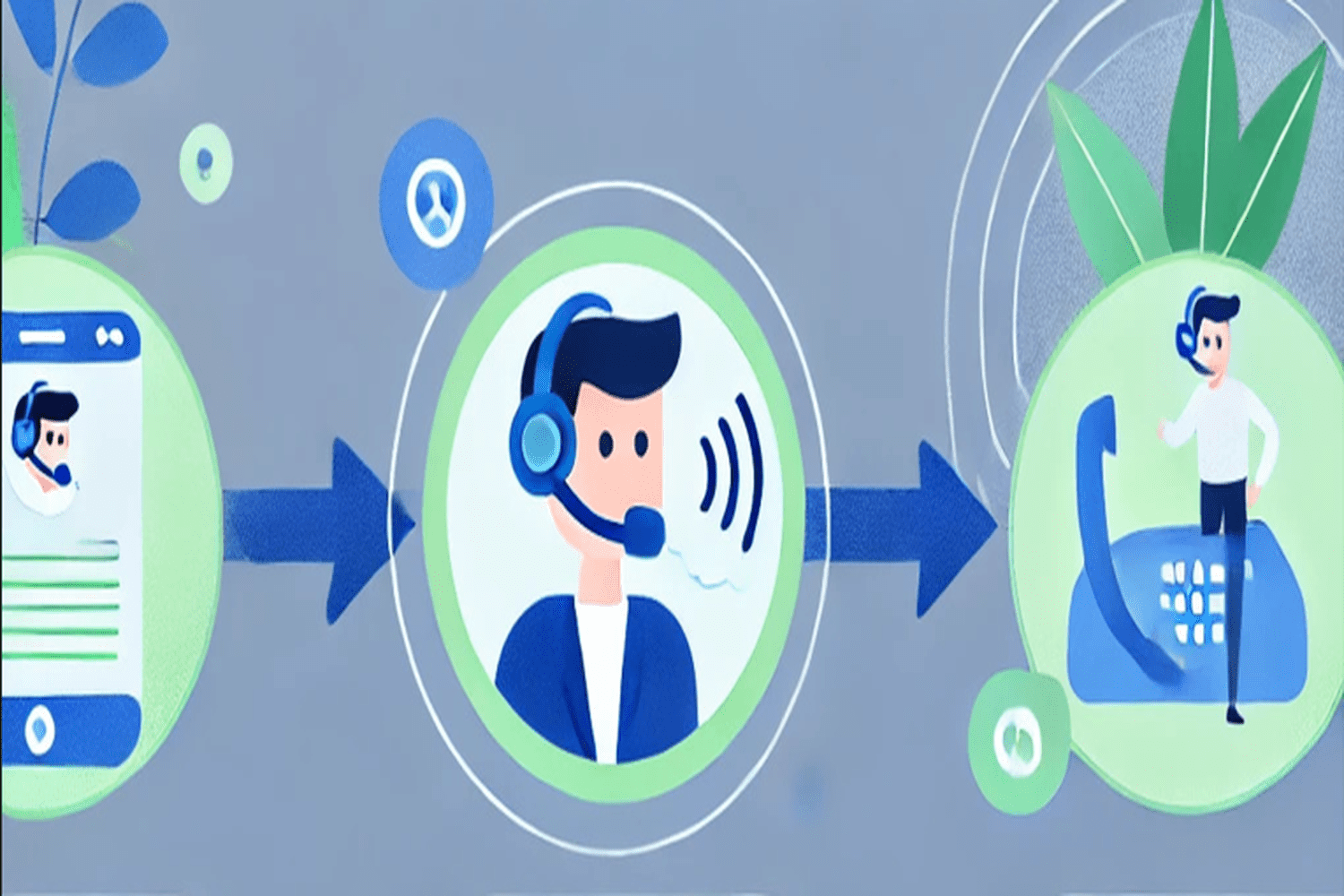AI IVR vs traditional IVR
What’s the Difference Between AI-Driven IVR and Traditional IVR Systems?
AI-driven Interactive Voice Response (IVR) systems differ significantly from traditional IVR systems, offering a more advanced and user-friendly experience.
Understanding Natural Language:
Traditional IVR relies on pre-set menu options, which can be frustrating for customers who must navigate a rigid system. AI-driven IVR, on the other hand, uses natural language processing (NLP) to understand open-ended questions and requests, making the interaction feel more conversational. For instance, a customer can simply say, “I need help with my account,” and the AI-driven IVR will know how to respond.
Faster Issue Resolution: AI-driven IVR systems can analyze customer inquiries and route them to the correct department or agent quickly. Traditional IVR systems may involve long menus and multiple prompts, leading to customer frustration and increased call times. By simplifying call routing, AI-driven IVR improves resolution times and customer satisfaction.
Enhanced Self-Service Options: AI-driven IVR systems can handle more complex queries, allowing customers to resolve their issues without human intervention. For example, AI-driven IVR can answer frequently asked questions, check account balances, and schedule appointments, making self-service a viable option.
Continuous Learning and Improvement: Unlike traditional IVR, which remains static, AI-driven IVR systems learn from interactions. This allows them to improve over time, adapting to customer preferences and enhancing the overall experience. The system becomes more efficient and accurate as it gathers more data, creating a more intuitive experience for users.
AI-driven IVR systems offer a faster, more flexible, and more satisfying customer experience compared to traditional IVR. Businesses looking to modernize their customer service should consider implementing AI-driven IVR for its efficiency and customer-friendly capabilities.
New Paragraph




